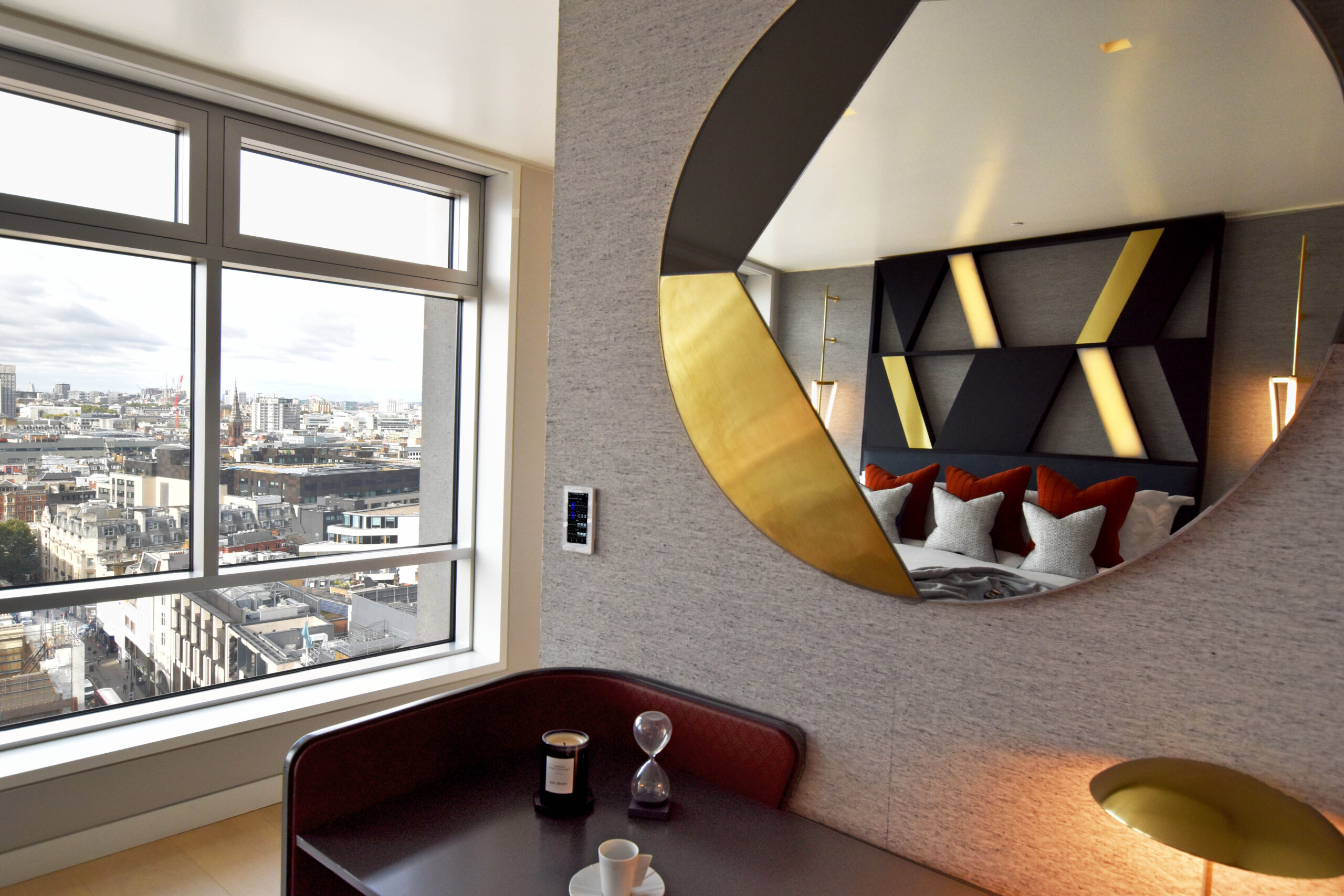
The cost-of-living crisis is leading many of us to look for new ways to cut down on our energy usage. But can smart home technology really help make a difference?
What is a Smart Home?
Firstly, let’s look at what a Smart Home is. A Smart Home is one with connected technology used to enhance the home. This can affect many aspects including the lighting, heating, entertainment, security, alarms and even the shower temperature. If it is electronic, and can be hardwired in or controlled remotely, it can invariably be incorporated into the overall system.
Does it increase energy consumption?
Many things go into making a Smart Home smart, from automation to remote or touch control. It would be easy to assume all the technology in a Smart Home would lead to an increase in energy costs. However, often the opposite is true. Not only do these solutions make life easier in general, but they can also help save energy and money. In fact, research suggests smart homes use an estimated 30-40% less energy on average. Bearing in mind a home’s heating and cooling system can eat up the largest chunk of energy any improvements here will pay dividends.
How can it make a Home more Efficient?
Smart Home devices like thermostats, meters and sensors improve efficiency because they monitor use and can detect issues and leaks. Plus, they can automatically adjust to changing energy needs to minimise waste. Smart appliances and devices such as lighting control, window treatments, climate control, etc are also eco-friendly solutions which work to cut down energy consumption. Great for both cost saving and the home’s environmental impact. Here are a couple of examples:
Window Treatments
Automated roller shades, blinds and curtains save energy through insulation and sunlight regulation. Window treatments can be programmed to open and close at set times or connected to temperature and occupancy sensors for automated control. Automating shades and curtains to open during the day uses the sun to help warm the home. Conversely, in the evening and at night, having the shades closed adds a layer of insulation. On hot days, having the blinds closed, helps keep the home cooler and avoids sun bleaching of soft furnishings.
Lighting
Lighting control in a Smart Home revolves around LED bulbs, which are more durable (lasting up to 50% longer) and use 75% less energy than incandescent counterparts. They also emit only a small amount of heat by comparison. Use of PIRs (Passive Infrared Motion Sensors) ensure lights are only on when someone is there – switching them off automatically to save electricity. These are great for areas where there is no or little natural light, such as bathrooms and cupboards.
Home Automation
Home automation solutions can set everything from the heating and lights to the entertainment and window treatments to turn on and off (or open and close) remotely or at pre-set times. This is great for home security and ensures no lights are left on by mistake. Home automation can also adjust these options, such as dimming the lights to the right brightness, for different times of the day. This both sets the right ambience and reduces energy consumption.
Energy Generation
The next generation of eco-friendly smart home technology electricity generation looks promising too. Home batteries are available which use solar energy to meet a home’s energy needs over the course of a day, other solutions enable homeowners to generate electricity through wind-power and even add to the grid.
If you are looking to create a Smart Home, our experts can help and we even offer a free consultation service. You can contact us here.


